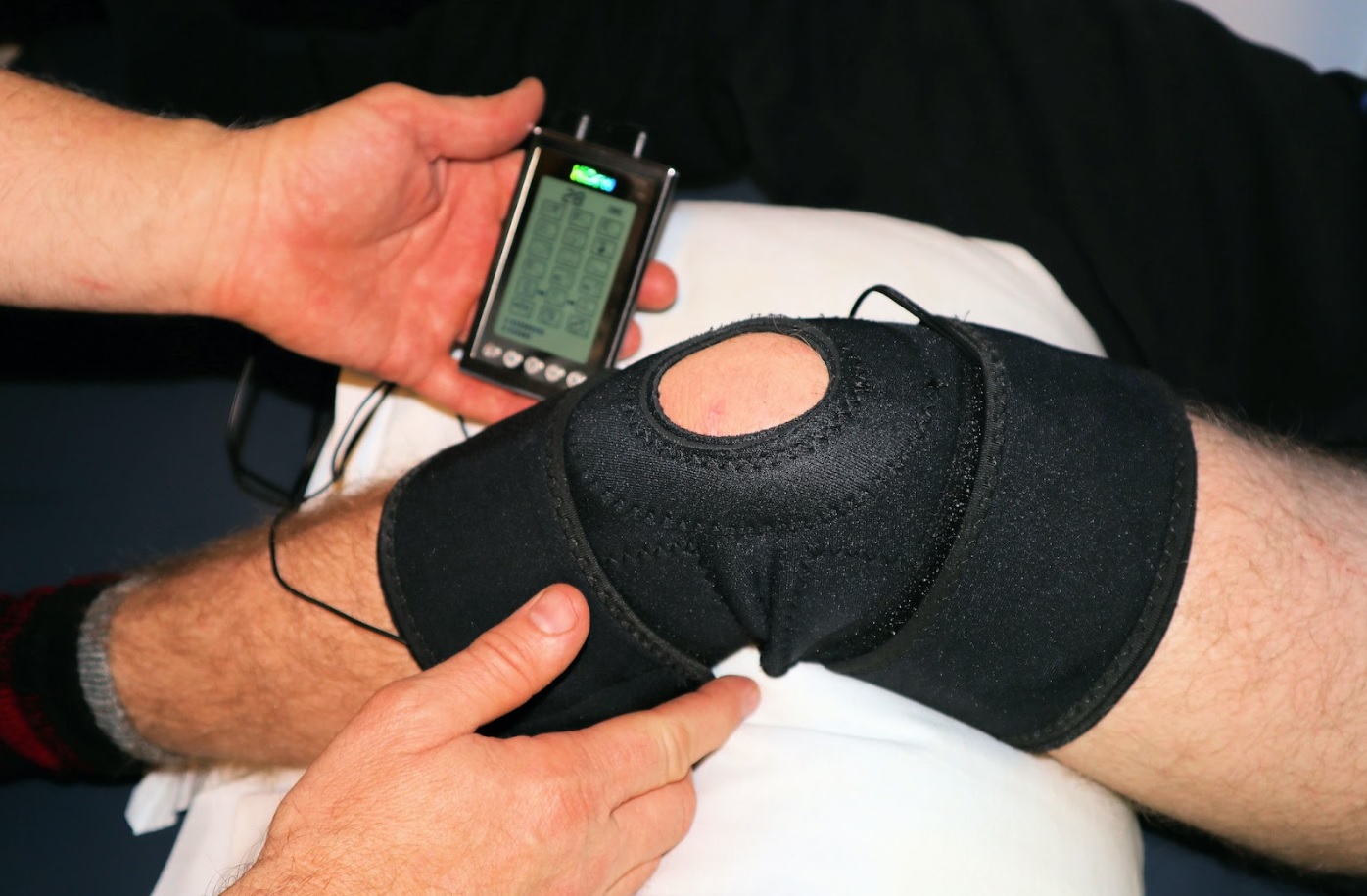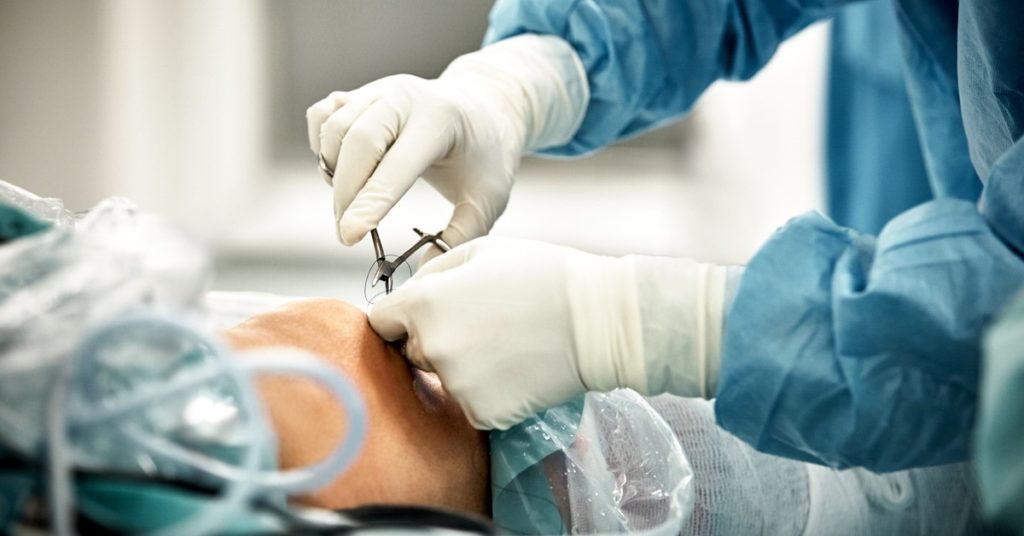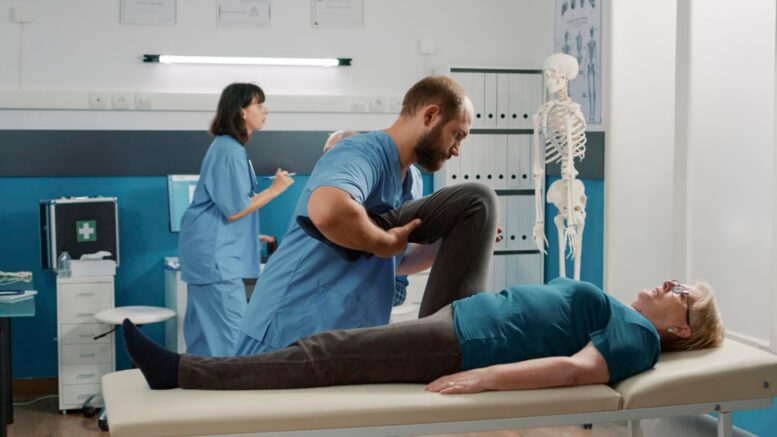Knee replacement surgery is a crucial process, akin to assembling a complex puzzle. Each decision taken leads to an improved quality of life for the patient. Visualize the operation room as a transformative space, where every move is made with utmost precision. Here, lives are not merely adjusted; they’re redefined. In this vital procedure, surgeons and their chosen implants must collaborate perfectly. The healing process, too, follows a specific pace and pattern. In this setting, modern imaging tools act as essential guides. They help in meticulous surgical planning, ensuring outstanding outcomes.
These advanced tools can be likened to experts unveiling critical insights. They revolutionize the preparatory phase of knee replacement surgery by revealing previously unknown details. This evolution is evident in both the artistic and technical aspects of surgical procedures. It represents a harmonious blend of innovative approaches and revamped methodologies. As we delve deeper into the influence of cutting-edge imaging, we’ll witness an enhancement in surgical outcomes. This advancement translates to individuals overcoming physical constraints and rediscovering the joy of unhindered movement.
In the not-so-distant past, the roadmap to successful knee replacement surgery was navigated through conventional means, relying on X-rays and manual measurements. This approach, while commendable in its time, carried inherent limitations. The two-dimensional nature of X-rays often failed to capture the full spectrum of intricacies that define the human knee joint. Measurements, while essential, often danced around the nuanced architecture of individual anatomy, leaving room for approximation and potential discrepancies.
However, the medical landscape is one of perpetual innovation, and the horizon of knee replacement surgery’s preparatory phase has undergone a transformative shift. Advanced imaging technologies have entered the stage, altering the script of preoperative planning with their capacity to unveil the human body’s inner sanctums. Like a cinematic transition from monochrome to color, these techniques inject life and dimension into the preparatory process, revolutionizing the understanding of knee anatomy and potential surgical pathways.
Types of Advanced Imaging Technologies
Stepping into the realm of advanced imaging technologies is akin to opening a treasure trove of knowledge previously inaccessible. These technologies, each akin to a skilled cartographer, map the intricacies of the human knee in ways that X-rays could never fathom. Magnetic Resonance Imaging (MRI) paints a vivid picture by harnessing magnetic fields and radio waves to generate cross-sectional images, offering insights into soft tissues, ligaments, and cartilage. Complementing this, Computed Tomography (CT) scans, a blend of X-ray and computer technology, construct detailed 3D models of the knee’s architecture, further enhancing the surgeon’s understanding.
In this landscape of advanced imaging, 3D imaging emerges as a luminary. Like a sculptor shaping clay into form, 3D imaging generates precise, three-dimensional renderings of the knee’s interior, capturing every crevice and contour. These renderings breathe life into anatomical understanding, painting a holistic portrait that is both profound and enlightening. Through this orchestra of modalities, surgeons find themselves equipped with a comprehensive atlas, a treasure map of data guiding them through the labyrinth of preoperative planning.
Enhancing Surgical Precision
Within the surgical arena, precision is not a mere luxury; it’s a mandate. Advanced imaging technologies empower surgeons with insights that transcend traditional visual boundaries. They enable surgeons to peer beneath the surface, to delve into the intricate nuances that make each knee unique. This deeper understanding extends to implant selection, where advanced imaging guides choices tailored to individual anatomical idiosyncrasies.
3D models, birthed from imaging data, take center stage as virtual replicas of reality. They allow surgeons to embark on a digital rehearsal, a trial run of the surgical performance. With these models, surgeons simulate the procedure, maneuvering through each step in a risk-free environment. Challenges are anticipated, solutions are crafted, and the surgical strategy is honed to perfection. This innovation transforms surgeons into strategists, artists, and architects of a surgical symphony poised for success.

Personalized Implant Selection
The marriage between advanced imaging and surgical artistry extends to the realm of implant selection, where individuality finds its truest expression. Imaging technologies, like sculptors of the digital age, unveil the unique contours of a patient’s knee, guiding surgeons toward implant choices that fit like bespoke garments. This precision is no mere aesthetic flourish; it underpins the very stability, functionality, and longevity of the implant.
With each implant meticulously tailored to an individual’s anatomy and alignment, a symphony of harmony emerges. Implant stability is enhanced, implant functionality is optimized, and the potential for long-term success becomes more than a possibility—it’s a reality etched in surgical precision.
Assessing Bone Quality and Structure
Bones are the pillars that hold this symphony of surgery aloft. Advanced imaging’s role is not confined to revealing surface beauty; it delves into the core, assessing bone density and quality. This knowledge, a sentinel of stability, wields power in preventing complications and ensuring the seamless integration of implants. Implant stability is a partnership between innovation and osseointegration, and advanced imaging’s insights play a pivotal role in crafting this alliance.
Identifying Anatomical Abnormalities
The human body, a masterpiece of diversity, can sometimes compose subtle deviations from the norm. Advanced imaging, like an investigator of the extraordinary, unveils these variations. While seemingly minor, these differences hold the potential to influence surgical decisions, much like a conductor shaping a symphony’s crescendo. Addressing these nuances becomes paramount to achieving implant fit and alignment that resonate with perfection.
Patient-Specific Surgical Plans
No two lives are identical, and neither should be their surgical pathways. The marriage of advanced imaging and surgical innovation ushers in an era of personalization. Surgeons, armed with the comprehensive insight gained from imaging data, curate surgical plans that are as unique as the individuals they serve. This individualization is more than a nod to patient comfort; it’s a blueprint for reducing surgical risks and painting a brighter picture of postoperative recovery.
Reducing Surgical Risks and Complications

Advanced imaging’s impact transcends the operating room’s threshold. It stands as a sentry, a guardian against potential complications lurking in the shadows. By identifying impingements, misalignments, and potential pitfalls, preoperative imaging offers a landscape for problem-solving before the surgery even commences. This prelude of prevention wields the power to minimize risks, elevate outcomes, and paint a brighter picture of patient recovery.
Kardiolita Hospital’s Advanced Imaging Approach
In the field of orthopedic expertise, Kardiolita Hospital stands as a pillar of innovation. Specializing in knee replacement procedures, the institution is adept at utilizing advanced imaging techniques. Their dedication to detailed preoperative preparation is evident in the finesse of their surgical outcomes, guaranteeing precision in every operation.
Recognized globally for its healthcare prowess, Kardiolita Hospital’s reach is truly international. Their devotion to forefront medical care attracts patients from across the world. Specifically, individuals from Ireland appreciate the hospital’s patient-centric approach. This service acts as a liaison, offering remote consultations, thorough pre-surgical advice, and consistent post-surgical support, linking distant locations effortlessly.
The significance of advanced imaging in the preparatory phases of knee replacement surgery is clearly highlighted as a pivotal innovation. It enhances surgical accuracy to an optimal level, tailors procedures to individual patients, and effectively mitigates risks. Kardiolita Hospital’s dedication to patient well-being aligns perfectly with these advancements, forecasting a future where technology, innovation, and personalized care synchronize flawlessly. Let this investigation act as a foundation, advocating for the continuous adoption and application of cutting-edge imaging techniques, ushering in an improved era for knee replacement procedures.
